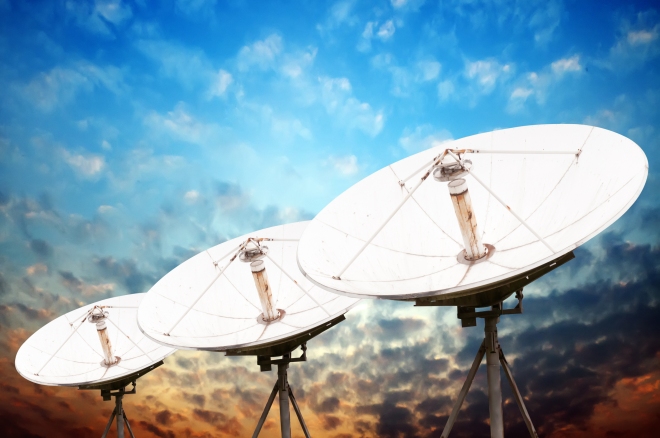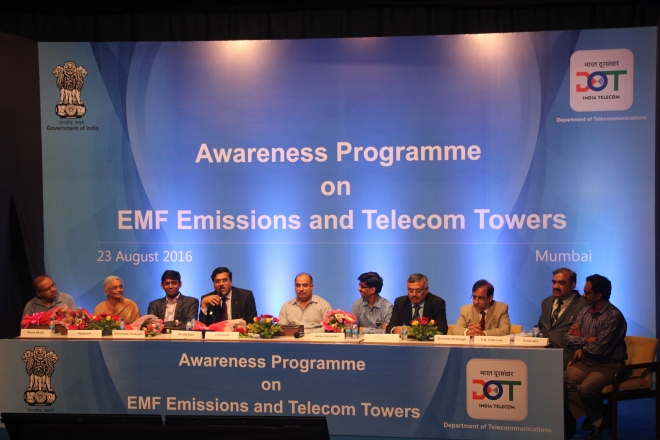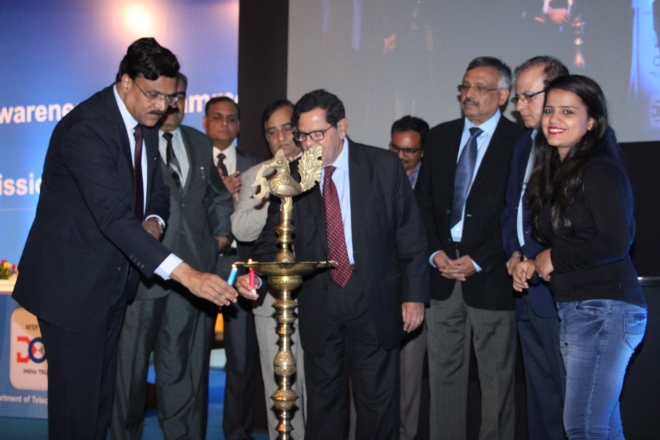Go anywhere in the country, be it urban sections, rural geographies, educated communities, industrial towns suburbs or metropolitans, the word telecom tower is surrounded by myths that take you back in time when people believed that Earth was flat. The beliefs are so strong that degrees from reputed educational institutions fail to convince people to let go of their myths and associated misconceptions about telecom towers and Radiation. Ironically in a world so unbalanced a common factor that binds the society together is a myth, a farce, that has been scientifically discarded with enough empirical data points proving Telecom towers ‘Not Guilty’ of causing cancer!!

While people are justified in being overtly cautious about the safety and wellbeing of their loved ones but it is equally important for them to understand the technology and be able to differentiate between the myths and realities.
Initial culprits were identified as the telecom operators and the lobbying groups to be giving baseless theories about telecom towers having no adverse effects on the health of the living beings around it, then suddenly the concept of losing male potency originated scaring the daylights out of people, then there were videos and graphics of mobile phone radiations being able to pop popcorns and then there were individuals and indifferences of our community to believe anything being fed to them in the name of health hazards. Then began the blame game on the authorities and telecom stakeholders to be partnering with Network providers and accusations for easing the guidelines and emission norms set for Telecom towers and base stations. The list was endless and had detrimental effects in framing a policy framework and growth of the sector. Individuals, NGOs, citizen charters and resident welfare associations began propagating the thought with some baseless case studies and claims leading to unrest in some locations.
While the sector and this specific issue was being compared to Tobacco and Liquor lobby, came forth the norms (one of the most stringiest) and standards by the Department of Telecommunications (DoT) and Telecom Regulator making the radiation/emission way below the approved levels. More so, these statistics when pitted against the standards followed by International Commission on non-ionising Radiation Protection suggested that India’s safety factor was (and is still) 10 times stiffer than in 90 percent countries. So much so, the radio frequency radiation from mobile towers and phones are in the range as minuscule as one-thousandth to one-millionth of an electron Volt! Thus, mobile tower “radiation” is lakhs of times weaker than X-rays or UV rays or even normal visible light. In fact, so low that they simply cannot cause any disturbance of electrons in the basic atoms of matter or living tissue. Hence, they are classified as “non-ionising radiation”.
And if the telecom stakeholders were also not to be trusted, came the studies from World Health Organization, The Indian Council of Medical Research (ICMR), Central Pollution Control Board (CPCB) and National Green Tribunal (NGT) and Researchers from IIT Madras, IIT Bombay, IIT Hyderabad, IIT Delhi and IISc Bangalore giving real data and proof points from studies conducted over a decade long period proving that there is no harmful impact of tower radiation on health. The reports claim that it is more inappropriate or bizarre to link up mobile tower emissions with the former category of high energy radiation which includes frequencies beyond ultraviolet, i.e. X-rays, gamma rays, etc. These all studies and findings were further backed by the rulings from Allahabad, Gujarat and Kerala High courts.
Kudos to the Government and Telecom department which has decided to be vocal about the misconceptions and clear the unnecessary confusion around the telecom base stations and radiations, leveraging the empirical data and research from these studies to propagate this amongst the masses.
While the information that was being circulated earlier was baseless and wrong, it is also time for the sector and stakeholders to use the right terminology and tonality for the telecom processes and equipments that make it sound simple and un-jargonized. They should associate and engage at a micro level helping individuals and groups understand and accept the technology as a support function rather than a ‘necessary evil’.
Read the full article here.

